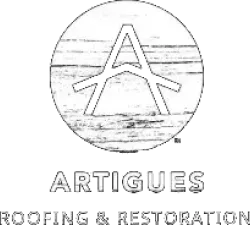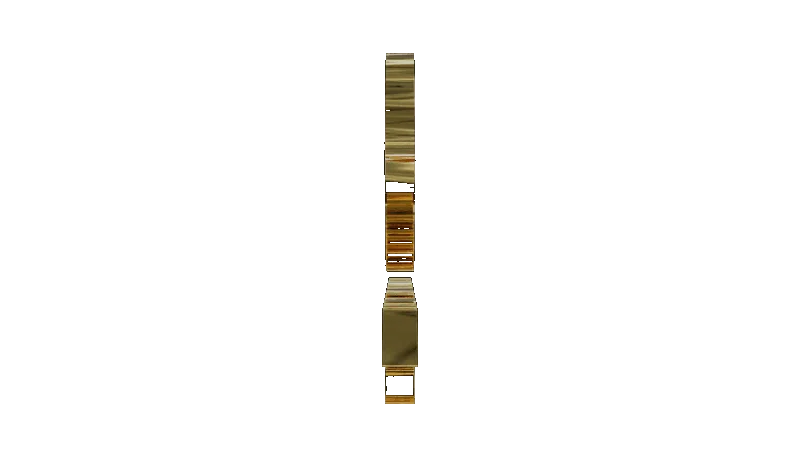
Kiawah Island, South Carolina: Architectural Identity and Environmental Harmony
Kiawah Island, South Carolina, is a barrier island renowned for its pristine beaches, lush maritime forests, and world-class golf courses. Located approximately 25 miles southwest of Charleston, Kiawah Island has a rich history and a distinctive architectural identity that reflect both its natural environment and its cultural evolution. This writing explores the historical development of Kiawah Island, with a particular focus on its architectural styles and roofing practices that have been influenced by the island's unique coastal setting.
Early Inhabitants and Colonial Influence
The history of Kiawah Island begins with its original inhabitants, the Kiawah Native American tribe, who utilized the island's abundant resources for fishing, hunting, and gathering. European contact began in the late 17th century when the island was granted to English settlers. Over time, Kiawah Island became part of a network of plantations that characterized the Lowcountry region, though its development remained limited due to its remote location.During the colonial period, architectural styles on Kiawah Island were influenced by the need for functionality and adaptability to the coastal environment. Early structures were simple, constructed from locally sourced materials such as timber and palmetto fronds. Roofing typically consisted of thatch or wooden shingles, chosen for their availability and effectiveness against the elements.
20th Century: Development and Resort Transformation
The transformation of Kiawah Island into a premier resort destination began in the mid-20th century. In 1950, lumberman C.C. Royal purchased the island and initiated its development as a resort community. This marked the beginning of a new architectural era, characterized by the construction of vacation homes and recreational facilities designed to attract visitors seeking a tranquil coastal retreat.
The architectural style during this period was influenced by the desire to harmonize with the island's natural beauty. Low-profile, unobtrusive designs were favored, with an emphasis on blending structures into the landscape. Roofing materials such as cedar shakes and shingles became popular, valued for their aesthetic appeal and ability to weather gracefully in the coastal climate.
Modern Development: Sustainability and Environmental Integration
In the latter half of the 20th century, Kiawah Island underwent significant development under the stewardship of the Kuwait Investment Corporation and later the Kiawah Development Partners. This era saw a concerted effort to balance growth with environmental preservation, leading to the adoption of architectural guidelines that emphasized sustainability and ecological sensitivity.Contemporary architecture on Kiawah Island is characterized by its integration with the natural surroundings. Homes are often elevated to mitigate flood risk, with designs that incorporate expansive windows and open floor plans to maximize views and natural light. The use of indigenous materials, such as tabby concrete and local wood, further reinforces the connection to the environment.
Roofing practices on Kiawah Island reflect the island's commitment to sustainability and resilience. Metal roofing, favored for its durability and energy efficiency, is increasingly common, as are composite shingles that offer eco-friendly benefits. Additionally, green roofs and solar panels are being integrated into designs, aligning with broader efforts to minimize the ecological impact of construction.
Architectural Guidelines and Community Vision
The architectural character of Kiawah Island is shaped by stringent design guidelines established by the Kiawah Island Architectural Review Board. These guidelines ensure that new developments adhere to principles of environmental stewardship and aesthetic harmony. The emphasis is on preserving the island's natural beauty while accommodating the needs of a growing community.
The island's commitment to environmental sustainability is further exemplified by initiatives such as the Kiawah Conservancy, which works to protect the island's natural habitats and biodiversity. This focus on conservation is reflected in the architectural choices made by residents and developers, who prioritize designs that respect the island's ecological integrity.
Kiawah Island’s architectural evolution has been guided by a deep respect for the environment, and this is particularly evident in its roofing practices. From the early days of cedar shingles to modern metal roofs and sustainable options like green roofs, Kiawah Island’s homes are designed to withstand the challenges of coastal living while maintaining a beautiful connection to the land.
As more homeowners seek environmentally friendly solutions for roof restoration and repair, the island stands as a model of how architecture and nature can coexist harmoniously. Whether you're considering roof restoration or a new installation, choosing the right materials is essential for ensuring that your home remains resilient and beautiful for years to come.
If you’re looking for roofing solutions tailored to coastal conditions, our roof restoration experts can help you choose the best materials for your home’s needs. Contact us today to learn more about our roof repair services and how we can help you maintain a safe, beautiful roof for your Kiawah Island property.
AREAS WE SERVICE
AREAS WE SERVICE
NEED ANY ROOFING HELP? CALL US NOW!
GET YOUR FREE QUOTE OR INSURANCE CLAIM ASSESSMENT
By submitting your information, you agree to start receiving notifications and promotional SMS from Artigues Roofing. You can reply "stop" at any time to unsubscribe. I agree with the privacy policy and terms and conditions.
NEED ANY ROOFING HELP? CALL US NOW!
GET YOUR FREE QUOTE OR INSURANCE CLAIM ASSESSMENT
By submitting your information, you agree to start receiving notifications and promotional SMS from Artigues Roofing. You can reply "stop" at any time to unsubscribe. I agree with the privacy policy and terms and conditions.

Go Above & Beyond with
Artigues Roofing &
Restoration
SERVICES
COMPANY
GET IN TOUCH
Email: [email protected]
Address: 75 Port City, Landing Suite 110. Mount Pleasant, SC. 29464.

Go Above & Beyond with
Artigues Roofing &
Restoration
SERVICES
COMPANY
GET IN TOUCH
Email: [email protected]
Address: 75 Port City, Landing Suite 110. Mount Pleasant, SC. 29464.





